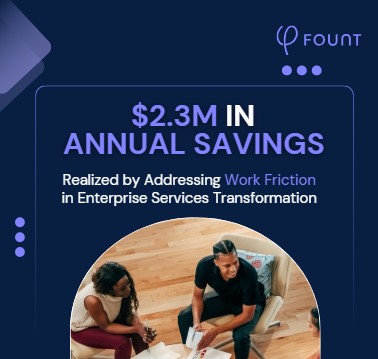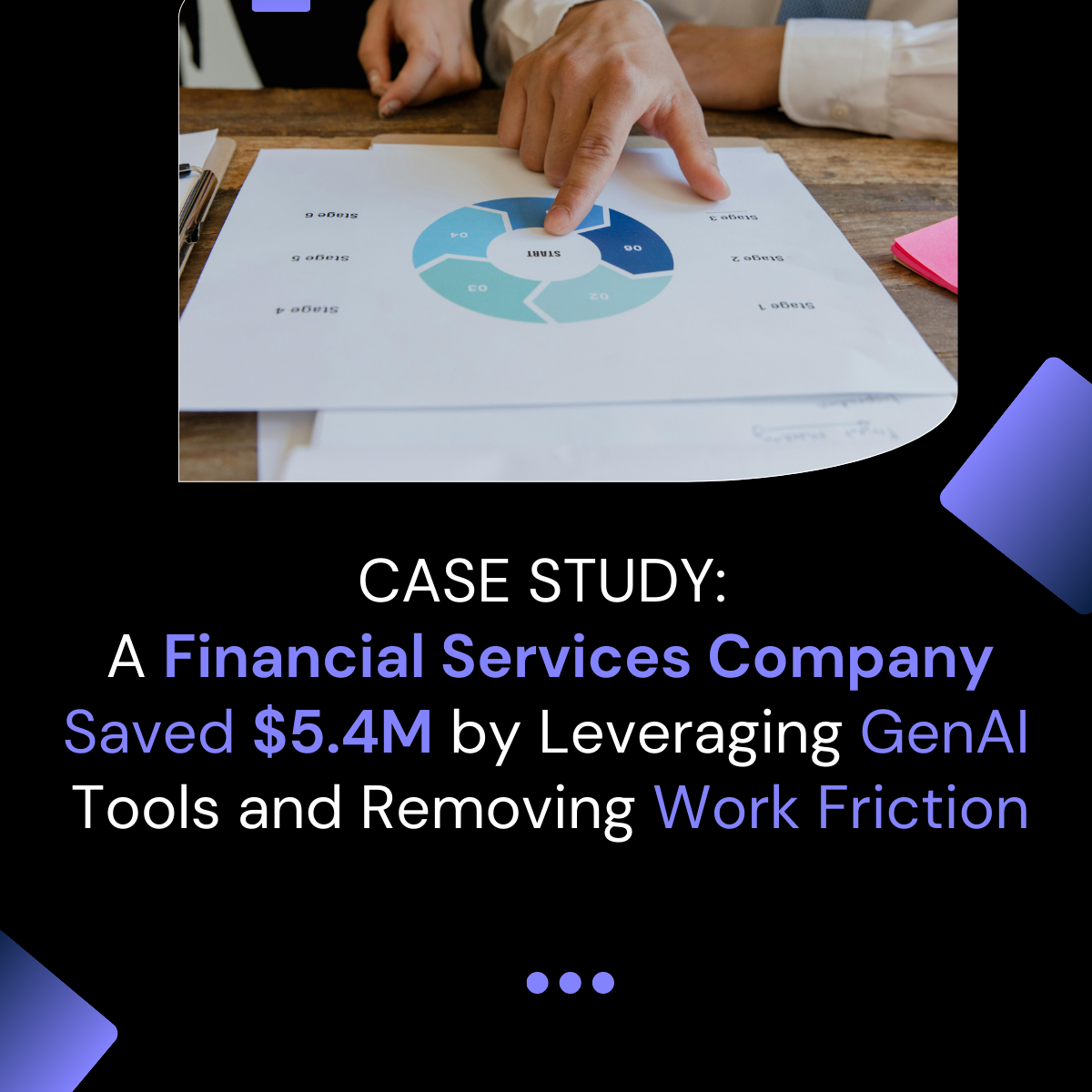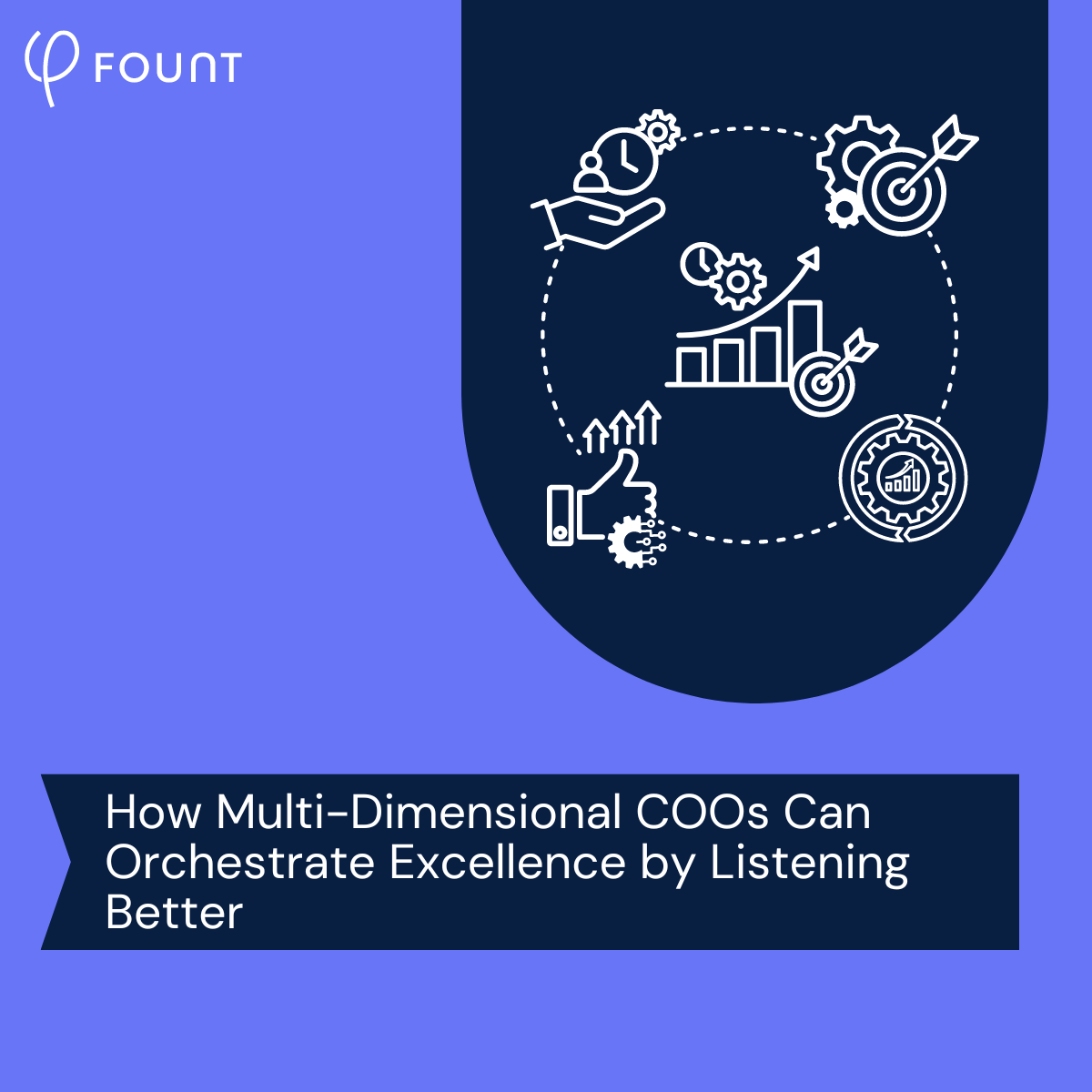Table of Contents
March Newsletter: Don’t Use Old Methods to Measure A New Way of Working
This month’s focus: AI transformation only works if it works for employees. Inside this issue: 🟣 Why work friction is becoming a critical metric for AI success 🟣 How to assess whether new tools are helping or hindering daily work 🟣 Guidance on validating AI investments - before traditional ROI metrics surface 🟣 Featured blogs and articles on worker impact, leadership blind spots, and measuring what matters most The takeaway? If you want your AI efforts to succeed, you have to start with the experience of work.
AI isn’t just about deploying new technology – it’s about fundamentally changing how work gets done. But that change doesn’t happen all at once. It unfolds in daily tasks, team interactions, and the moments that make-or-break productivity.
That’s where work friction comes in.
Just as an AI transformation signals a new way of working, work friction represents a new way of measuring work. And in doing so, it serves as a way for leaders to get out ahead of any employee-related issues or problems that might derail their AI project.
Measuring work friction provides insight into whether an AI tool has had a positive impact on how employees are working, allowing you to validate an AI investment very early in the rollout. By looking specifically at employees’ task-by-task experiences and isolating the moments in their work days that slow them down or cause them trouble, you can get a clear picture of how AI is impacting those moments.
The beauty of assessing work friction is its precision. You no longer need to guess if your technology is effective. Instead, you have data-driven proof points to guide decisions, adjustments, and validate early-stage investments.

FEATURED USE CASE
Reduce Product Waste by Reconfiguring an AI Tool
One large retail company was exceeding its product waste targets by upwards of $10 million, but they’d already made all the obvious changes to reduce waste. To reach their targets, they’d have to find and eliminate hidden causes. Through a work friction analysis, input from sales managers revealed the AI-driven ordering system frequently caused overstocking, resulting in expired products and strained customer relationships.
By refining the AI algorithm – adding considerations for seasonality, promotions, and allowing manual adjustments – the company expecting to reduce waste by 20 percent by Q4.
More examples of FOUNT use cases here: How Customers Use FOUNT: Accelerate AI Adoption, Reduce Waste, and Measure ROI Sooner – FOUNT
THE MOST RECENT BLOG POSTS
How AI Tools Change Your Team’s Work (And What to Do About It)
- When you automate work with AI, you change the nature of the remaining work.
- To assess how an AI tool has impacted employees’ work, look for work friction – i.e., high-impact work tasks with low satisfaction scores.
- Address areas of high work friction to ensure positive ROI on your AI investment.
📖 Read it here
AI Transformation Playbook: The Definitive Guide to Measuring, Rescuing, Prioritizing, and Scaling AI Transformations
In this playbook, we’ll lay out everything you need to know to measure the effectiveness of the AI implementations so leaders can: rescue failing tools, prioritize future projects, and scale successful investments.
📖 Read it here
Worker Impact Is the Common Denominator of Every AI Transformation – And the Best Early Indicator of Success
As AI investments surge, organizations are under pressure to prove ROI faster. Yet, traditional methods fall short in showing early results. This blog explains why the best early indicator of AI success is its impact on employee work – specifically, by measuring work friction.
By classifying AI tools based on the type of work they affect – highly defined, open-ended, or enterprise services – leaders can tailor their measurement strategy. Work friction data, gathered through targeted surveys, reveals where AI is helping or hindering daily tasks, offering fast, actionable insight long before financial metrics show results. Bottom line: only employees can tell you if AI is working.
📖Read it here
ARTICLES WE RECOMMEND
📖 Employees Give Feedback, But Leaders Too Stressed At Work To Act On It.
By Dr. Diane Hamilton, a business behavioral expert, for Forbes
Dr. Hamilton highlights a troubling cycle: employees regularly share feedback but disengage when their efforts go unacknowledged due to overwhelmed leaders. Breaking this cycle requires intentional communication, targeted action, and shared accountability to transform feedback into tangible improvements.
📖 Superagency in the workplace: Empowering people to unlock AI’s full potential
By Hannah Mayer, Lareina Yee, Michael Chui, and Roger Roberts for McKinsey & Company
McKinsey’s 2025 report, “Superagency in the Workplace,” underscores a significant disconnect between employee readiness for AI adoption and leadership perception. While 92% of companies plan to increase AI investments over the next three years, only 1% consider their AI deployments mature.
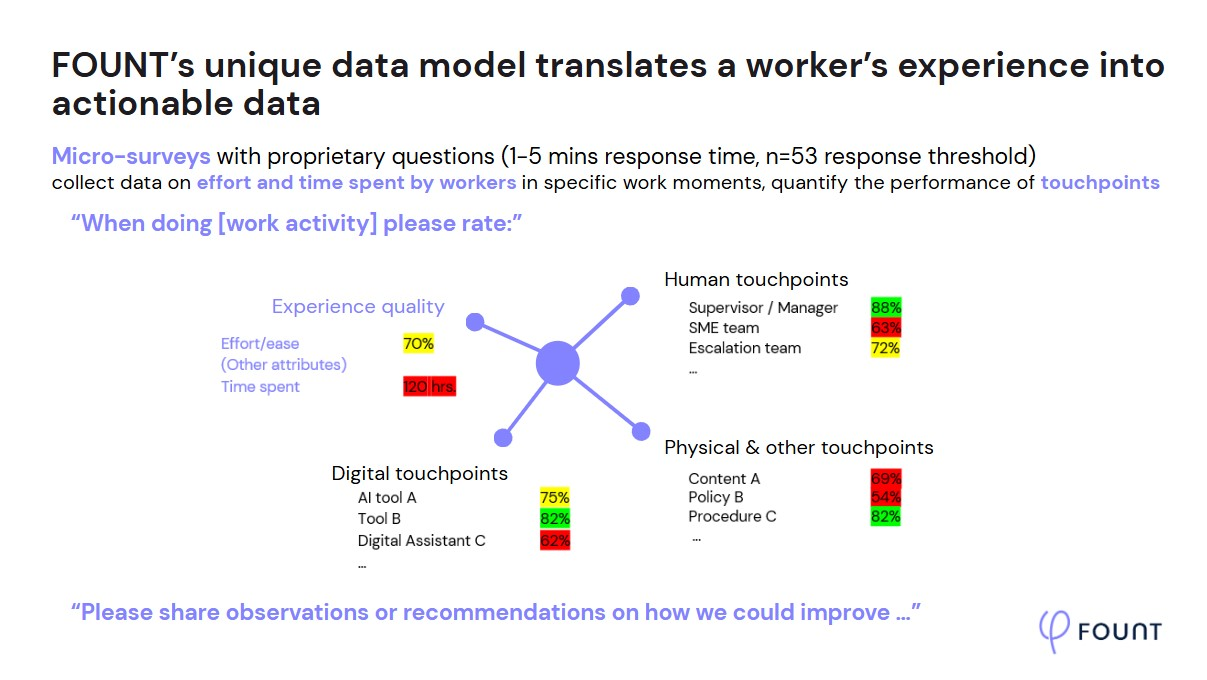
AI isn’t simply about tech – it’s about people and the work they do every day. That’s why measuring work friction matters. It gives leaders early, actionable insight into whether AI tools are actually improving the experience of work – not just in theory, but in the tasks and interactions that make up the workday.
The payoff? Faster course correction, better adoption, and a clearer line of sight into whether your AI investments are delivering value for both the business and your people.
In a transformation where every step counts, understanding work friction isn’t just a nice-to-have – it’s how you stay on course.
Until next time,
The FOUNT Global Team
Related Resources
See all News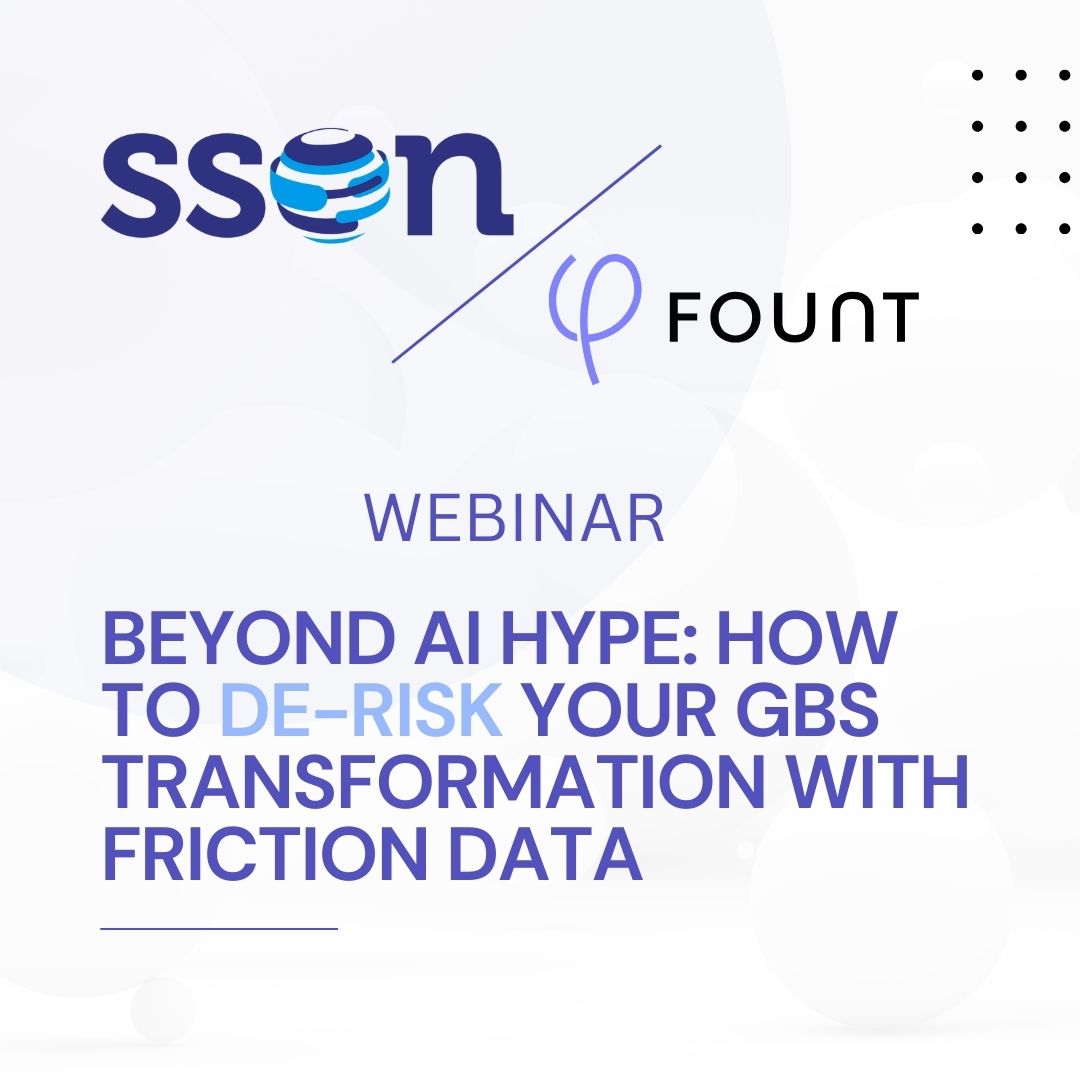
Events
LIVE Webinar – July 9th for SSON Network. Beyond AI Hype: How to De-Risk Your GBS Transformation with Friction Data
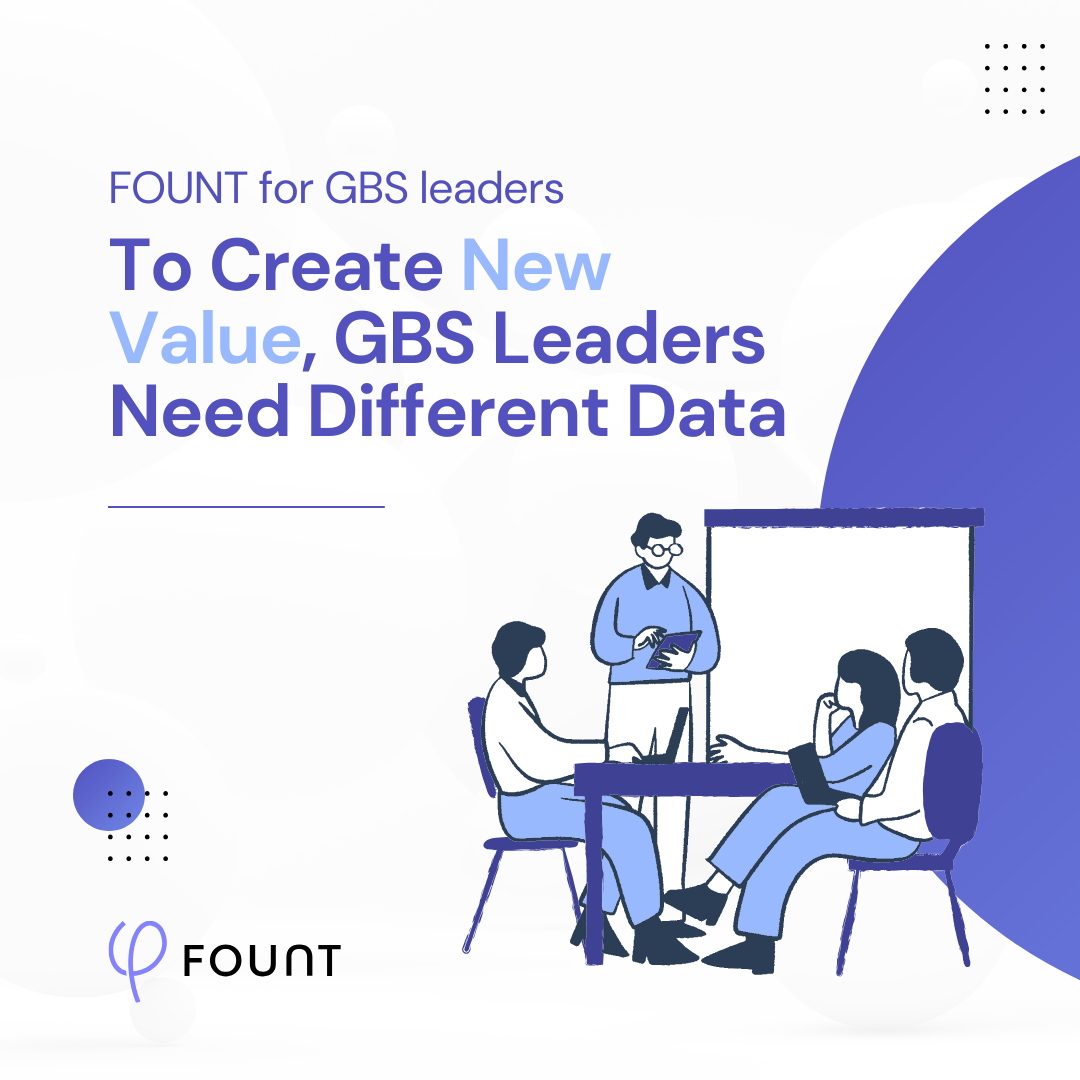
Insights
To Create New Value, GBS Leaders Need Different Data
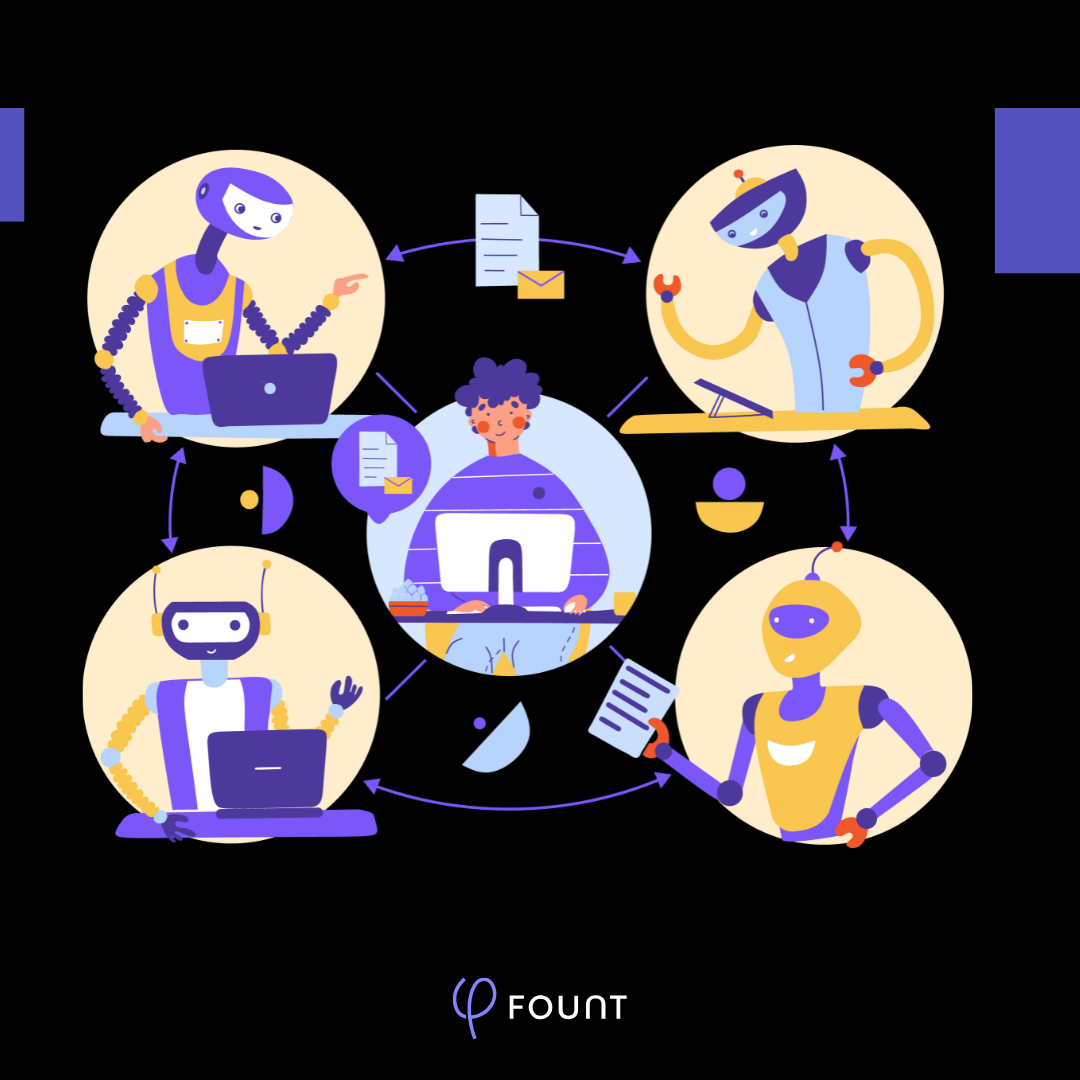
Insights
How to Keep Up with the Latest AI Developments
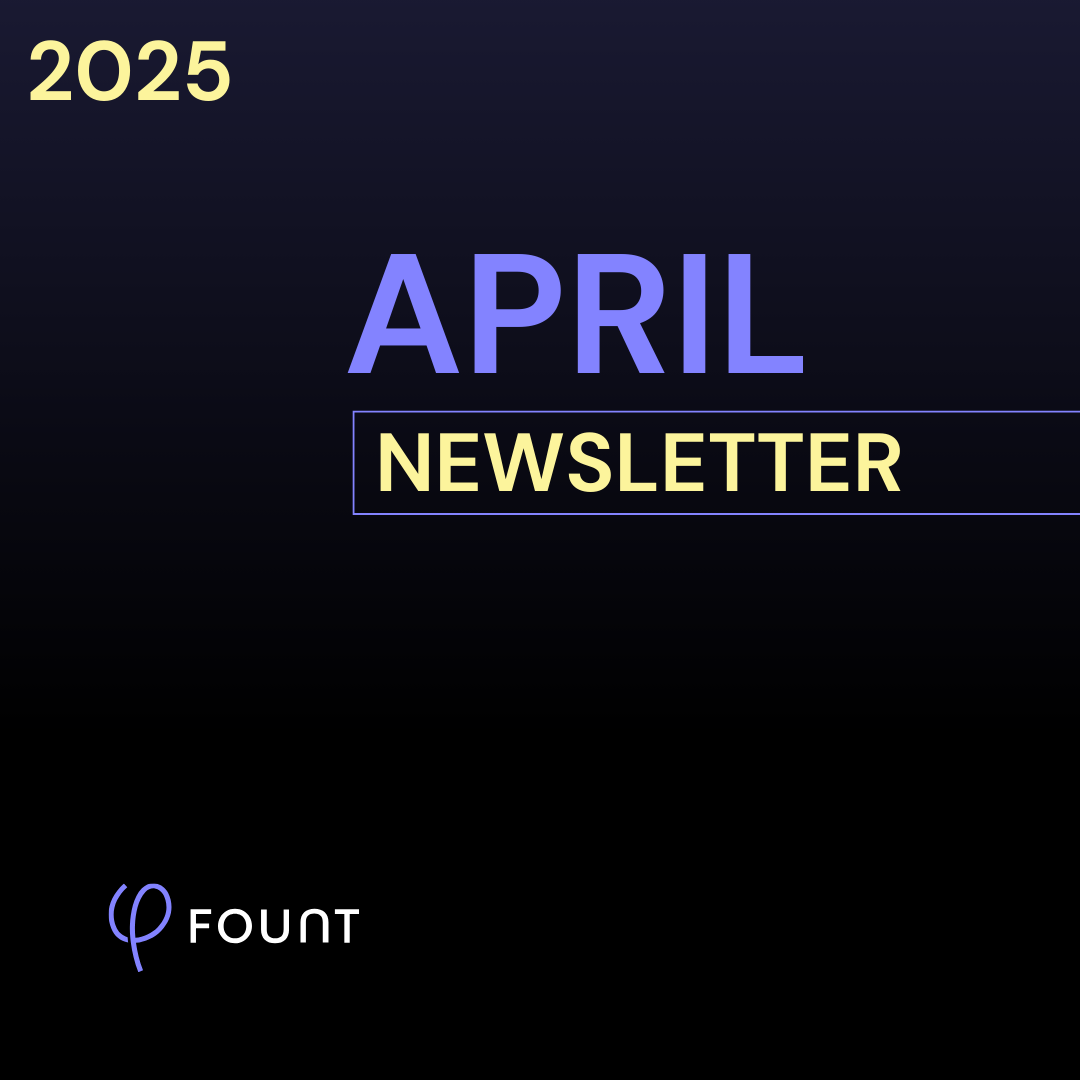
Insights
APRIL Newsletter. Friction: You Can’t Improve What You Can’t See

Guest Post
AI is Reshaping the HR Operating Model: Here’s What 15 Leading Companies Discovered
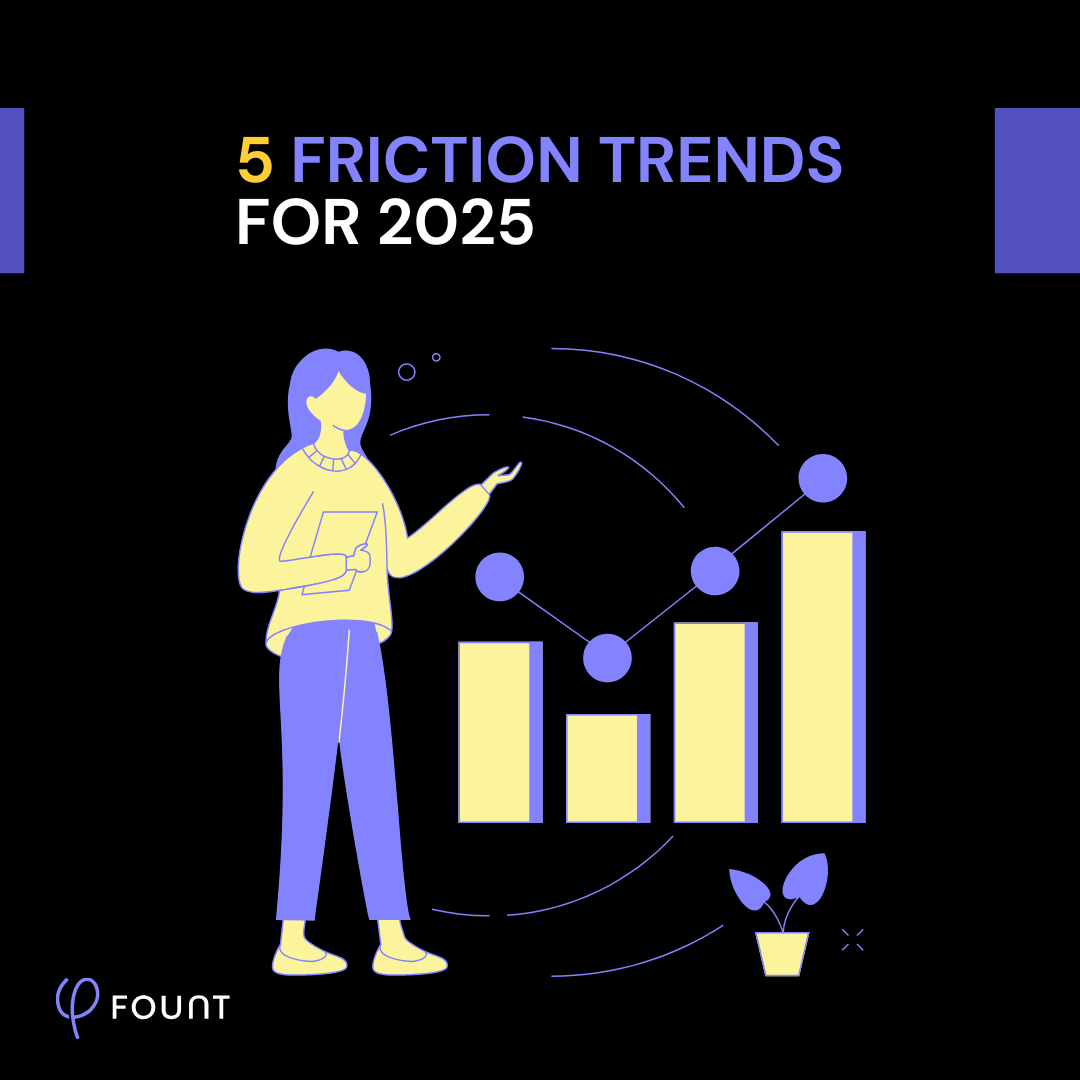
Insights
5 Friction Trends for 2025
Research
WHITEPAPER: Work Friction

Insights
FOUNT vs. Process Mining vs. Employee Engagement
